Figures & data
Figure 1 Study algorithm (the order of the tests in the baseline assessments are as listed in the table).

Figure 2 Participant flow-diagram.
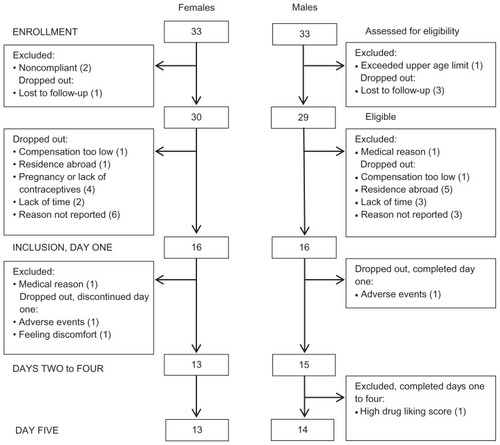
Figure 3 CPM-efficiency.
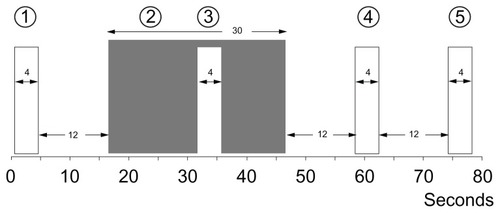
Table 1 Anthropometric data
Figure 4 Drug effect and drug like.
Abbreviations: DE, drug effect; DL, drug like.
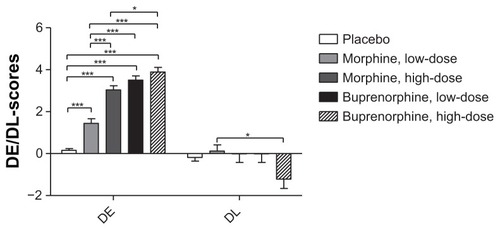
Table 2 Tests affected by floor or ceiling values
Table 3 Baseline comparisons
Figure 5 Electrical pain threshold and electrical pain tolerance.
Abbreviations: EPT, Electrical pain threshold; EPTo, electrical pain tolerance; Mean PB, mean of PB1, PB2 and PB3; PB1, 1 hour postburn; PB2, 2 hours postburn; PB3, 3 hours postburn.
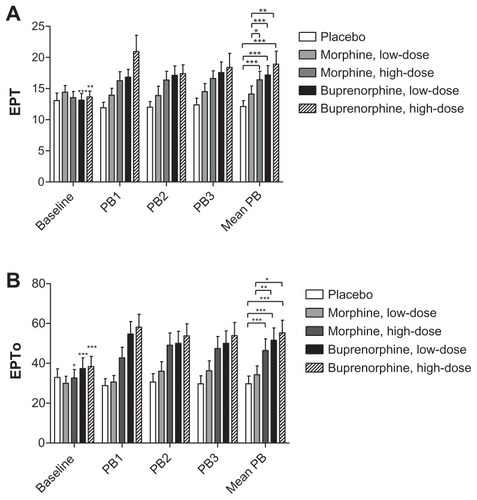
Figure 6 Cool detection threshold and heat pain threshold.
Abbreviations: CDT, cool detection threshold; HPT, heat pain threshold; Mean PB, mean of PB1, PB2 and PB3; PB1, 1 hour postburn; PB2, 2 hours postburn; PB3, 3 hours postburn.
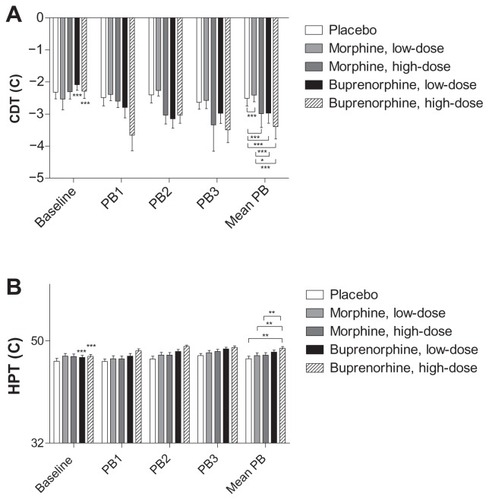
Figure 7 Accumulated visual analog scale scores during heat injury.
Abbreviation: VAS, visual analog scale.
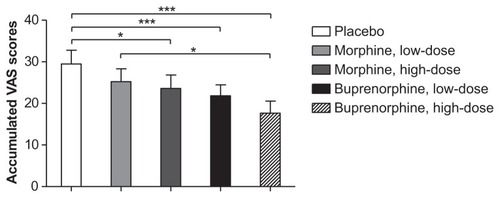
Figure 8 Pressure algometry.
Abbreviations: PTo1, pressure pain tolerance before CPT; PTo2, pressure pain tolerance after CPT; ΔPTo = PTo2 – PTo1.

Figure 9 Cold pressor test.
Abbreviations: CPP, cold pressor pain; CPT, cold pressor test; CPTo, cold pressor tolerance.
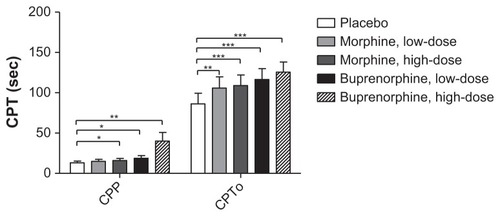
Figure 10 Conditioned pain modulation.
Abbreviations: CPM1, conditioned pain modulation rating before the cold pressor test; CPM2, conditioned pain modulation rating during the cold pressor test; CPM3, conditioned pain modulation rating 12 seconds after the cold pressor test; CPM4, conditioned pain modulation rating 24 seconds after the cold pressor test; ΔCPM, conditioned pain modulation efficiency; VAS, visual analog scale.

Figure 11 Secondary hyperalgesia areas.
Abbreviations: Mean PB, mean of PB1, PB2 and PB3; PB1, 1 hour postburn; PB2, 2 hours postburn; PB3, 3 hours postburn.
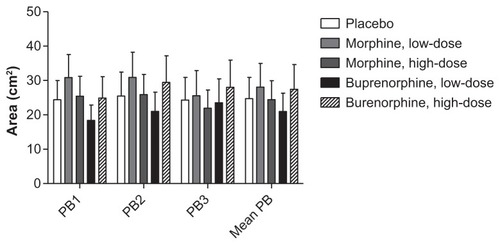
Figure 12 Anti-hyperalgesia and analgesia.
Abbreviations: Δ2HA(%), secondary hyperalgesia area relative to placebo; ΔPHI(%), heat injury relative to placebo; ΔEPTo(%), electrical pain tolerance relative to placebo; 2HA/PHI, ratio (secondary hyperalgesia/heat injury) relative to placebo; 2HA/EPTo, ratio (secondary hyperalgesia/electrical pain tolerance) relative to placebo; IQR, inter-quartile range
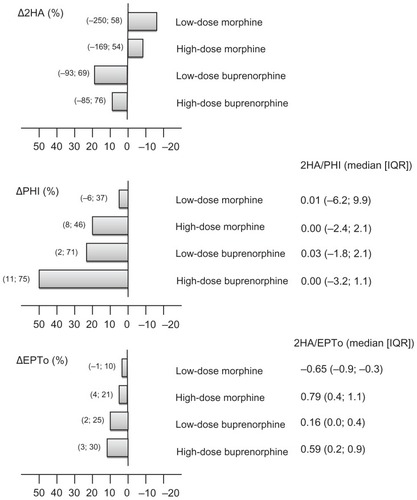
Table 4 Adverse events